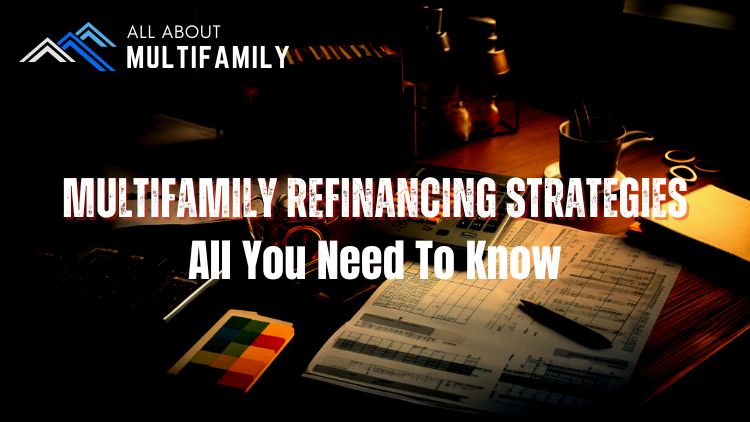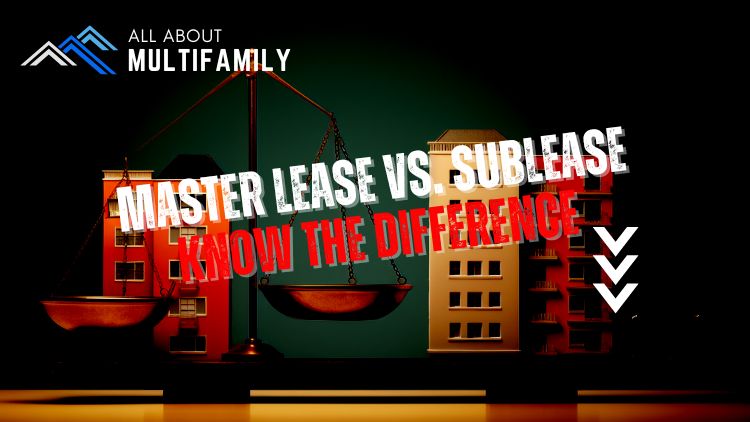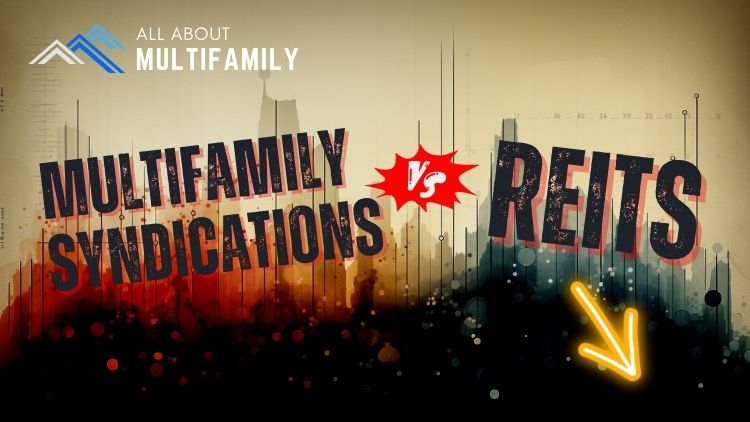The “Doorknob Technique” is a negotiation tactic used in multifamily real estate deal negotiations to encourage transparency and leverage when discussing terms with potential sellers or buyers. It involves strategically introducing a key point or deal breaker just as you’re about to exit a meeting or negotiation. Here’s how to use the Doorknob Technique effectively:
1. Build Rapport First:
- Before employing the Doorknob Technique, establish a positive rapport with the other party. Engage in small talk, actively listen, and express genuine interest in their perspective. Building a good relationship sets the stage for a more effective negotiation.
2. Discuss Key Terms:
- Begin the negotiation by discussing the main terms and conditions of the deal, such as the purchase price, financing terms, due diligence periods, and any specific contingencies. Make sure you’ve covered most of the important details.
3. Introduce a Concern or Key Point:
- When you’re near the end of the negotiation meeting and both parties are ready to conclude, bring up a concern or key point that hasn’t been thoroughly discussed yet. This could be a condition, requirement, or aspect of the deal that is essential to you.
- For example, if you’re the buyer, you might say, “Before we conclude, I just remembered that our financing is contingent on a 90-day due diligence period. Is that something we can agree on?”
4. Present It as Non-Negotiable:
- When introducing the concern or key point, present it as if it’s non-negotiable or an essential component for you to move forward. This adds weight to your request and creates a sense of urgency.
- For instance, you could say, “For us to proceed, we need to have this 90-day due diligence period. It’s a requirement from our financing partner, and we won’t be able to move forward without it.”
5. Be Prepared to Leave:
- The crucial part of the Doorknob Technique is that once you’ve introduced the concern or key point, be prepared to end the meeting or negotiation if the other party doesn’t agree to it. Start physically moving towards the door or express your intent to leave.
6. Gauge Their Reaction:
- As you’re about to leave, pay close attention to the other party’s reaction. They may try to negotiate or find a compromise. They could also agree to your terms. The key is to create a sense of urgency and surprise.
7. Be Flexible but Stick to Your Priority:
- While you’ve presented the concern or key point as non-negotiable, it’s essential to be flexible and open to discussion if the other party responds positively. However, don’t compromise on your priority unless there’s a significant gain or concession offered in return.
8. Close the Deal or Schedule Another Meeting:
- If the other party agrees to your terms or a compromise is reached, you can close the deal on the spot or schedule another meeting to finalize the details. If they don’t agree, you can gracefully exit the negotiation and decide on your next steps.
9. Follow Up:
- After employing the Doorknob Technique, always follow up with a clear summary of the agreed-upon terms or the points that need further discussion. This ensures that both parties have a clear understanding of the negotiation outcomes.
In multifamily real estate deal negotiations, the Doorknob Technique can be a powerful tool to emphasize your priorities and encourage the other party to take your concerns seriously. However, it should be used judiciously and in situations where the concern or key point is genuinely critical to your side of the deal. Building a positive relationship and maintaining professionalism throughout the negotiation process is essential for successful outcomes.



































![An In-Depth Look at Jake and Gino's Coaching Program [A Review]](https://allaboutmultifamilyinvesting.com/wp-content/uploads/2023/10/AAM-BMP-Blog-Covers-750-×-422px-6.jpg)


![Email Marketing Tips for Multifamily Real Estate Syndicators to Raise Capital [Templates included]](https://allaboutmultifamilyinvesting.com/wp-content/uploads/2023/09/AAM-BMP-Blog-Covers-750-×-422px-4.jpg)





![The Richest Kids In America [Book Review]](https://allaboutmultifamilyinvesting.com/wp-content/uploads/2023/09/AAM-BMP-Blog-Covers-750-×-422px-84.jpg)





















